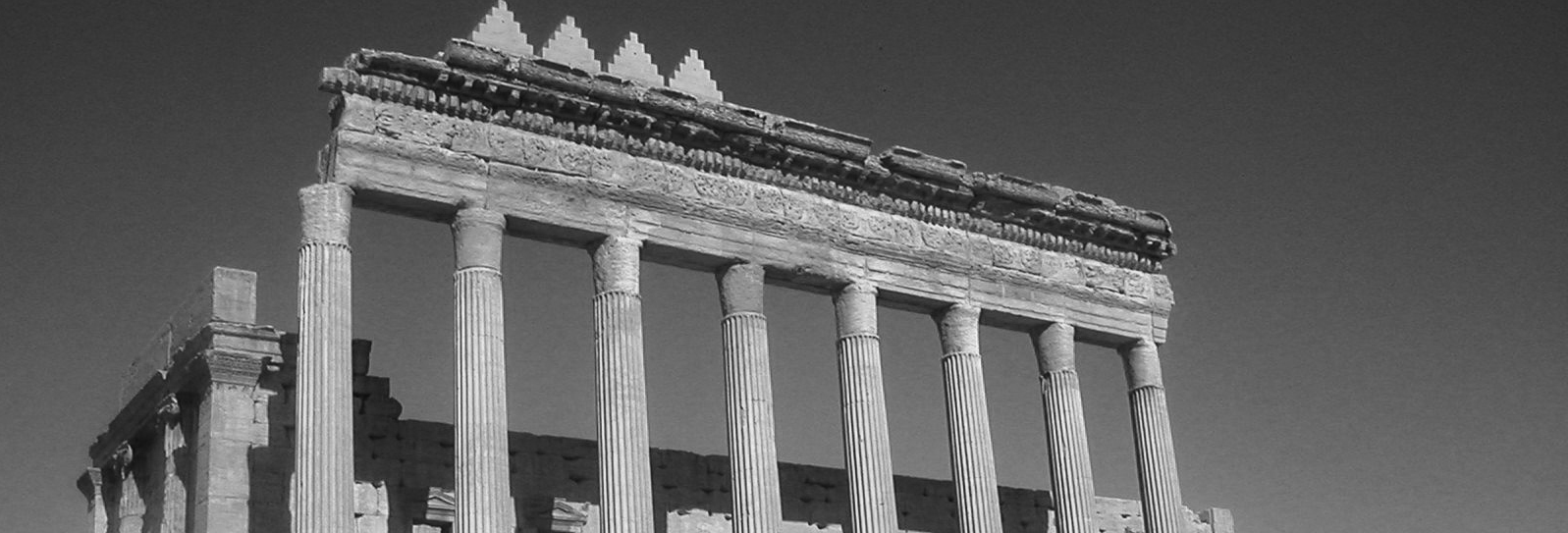Lebanon was affected in multiple ways by the conflicts in Syria. The small country has received about 1.2 million refugees from Syria. In addition, up to summer 2017 the country had to face attacks by terrorist groups at its external border to Syria.
Baalbek is located in the northern part of the Beqaa plain, near to the Syrian border. Tourists, for whom the Roman ruins in Baalbek had been the main attraction in Lebanon, kept away. The conflicts have also considerably altered other economic bases of the city and the surroundings. Increasing unemployment and declining training possibilities have characterised the last few years.
Thus the training project in building preservation and the presentation of archaeological architecture has several objectives: the education of local craftsmen and resident refugees and students in archaeology, architecture and conservation at Lebanese universities; employment for the duration of the project and preparation of an archaeological area, which is planned as a new attraction for visitors, embedded in a new development implemented by the Lebanese state and the Council for Development and Reconstruction (CDR).
Between 2001 and 2011 the German Archaeological Institute carried out a major scientific project to document archaeological buildings in Baalbek; the basic data for the implementation of such a project are therefore immediately available. The project area chosen was Bustan Nassif, a medieval town quarter located immediately outside the gates of the citadel, which originated from the fortification of the ruined Roman temple complex in the Middle Ages.
The scientific research exploration of the area was completed and the importance of the town quarter was known. As part of the training project it was therefore possible to immediately carry out the appropriate cleaning, the consolidation of excavated buildings and the presentation of the area through visual processing, infrastructural development by creating appropriate pathways and the installation of information media.
For young graduate architects who completed the postgraduate course “Preservation of Historical Architecture” regularly offered in Tripoli the project provided multiple possibilities for practising that are not normally available in the preservation of archaeological sites. At a time of economic standstill it was possible to implement activities in Baalbek and to prepare tourism, the major economic factor in the city, for the future in cooperation with the Lebanese authorities.



